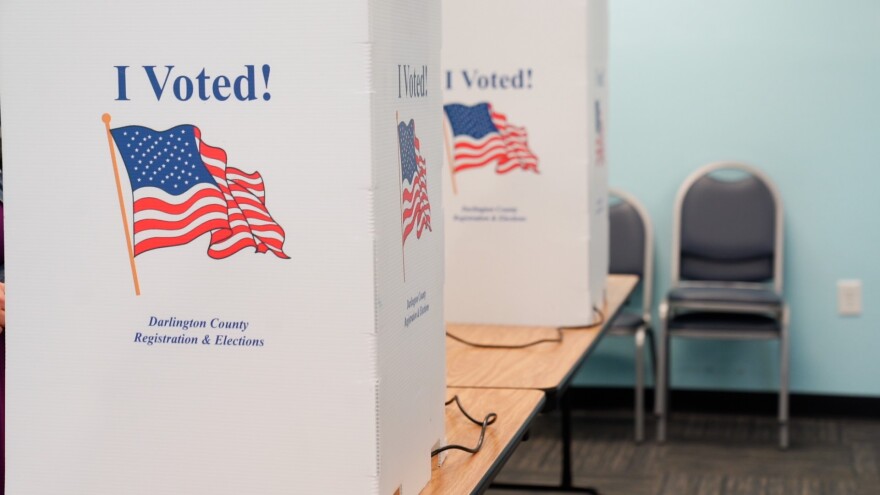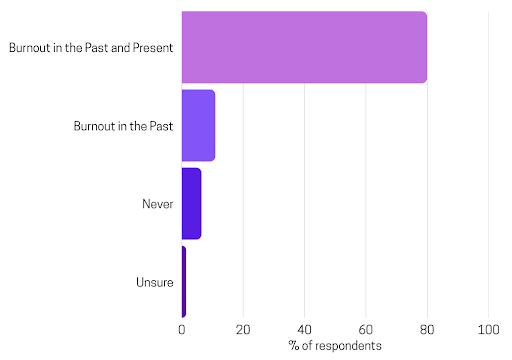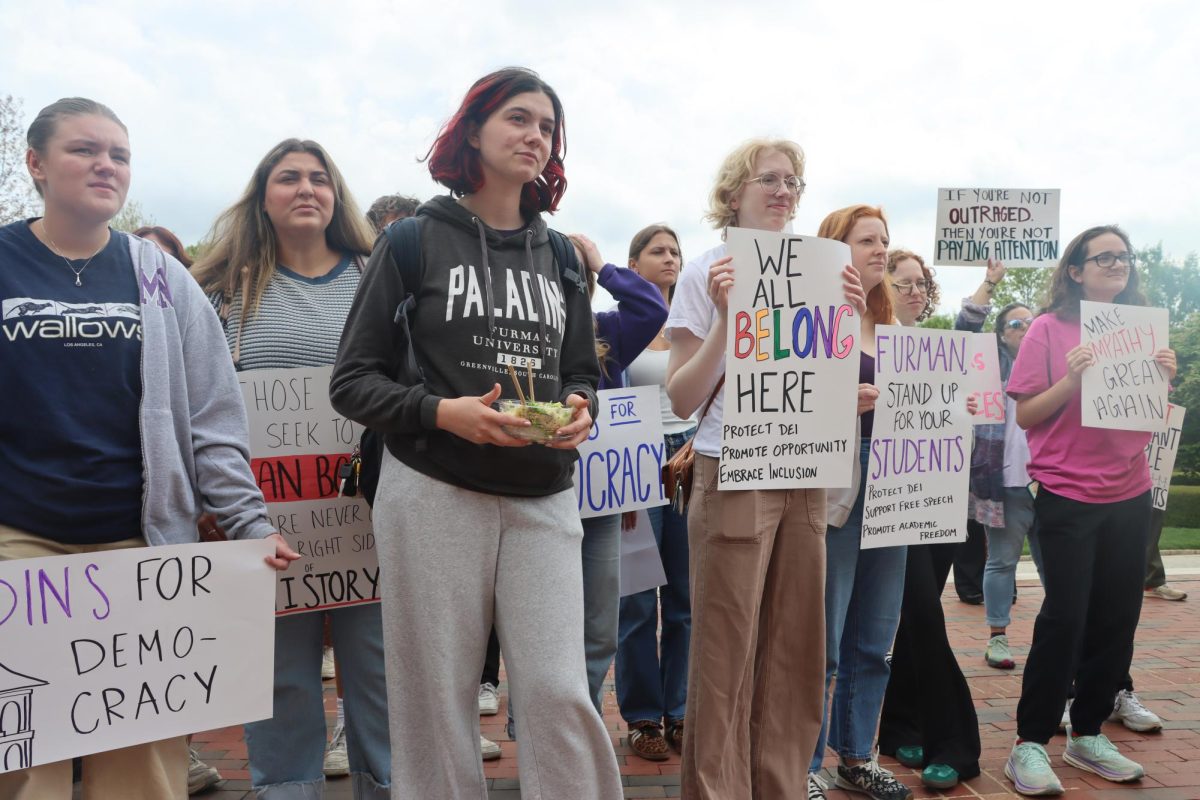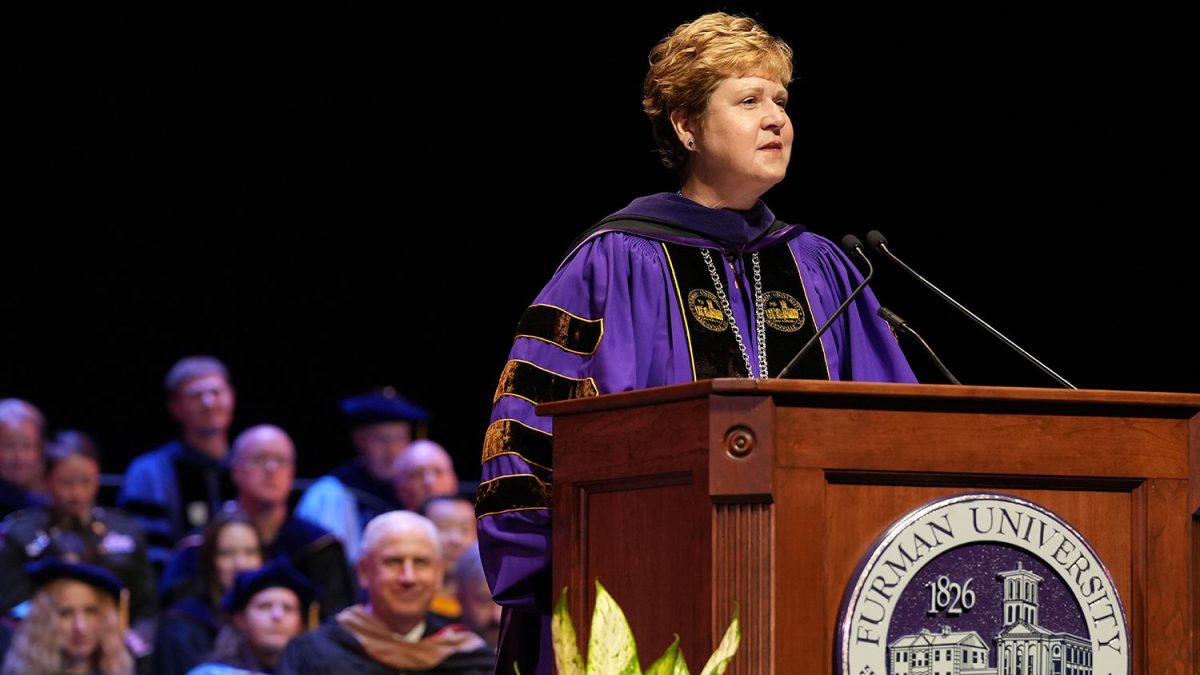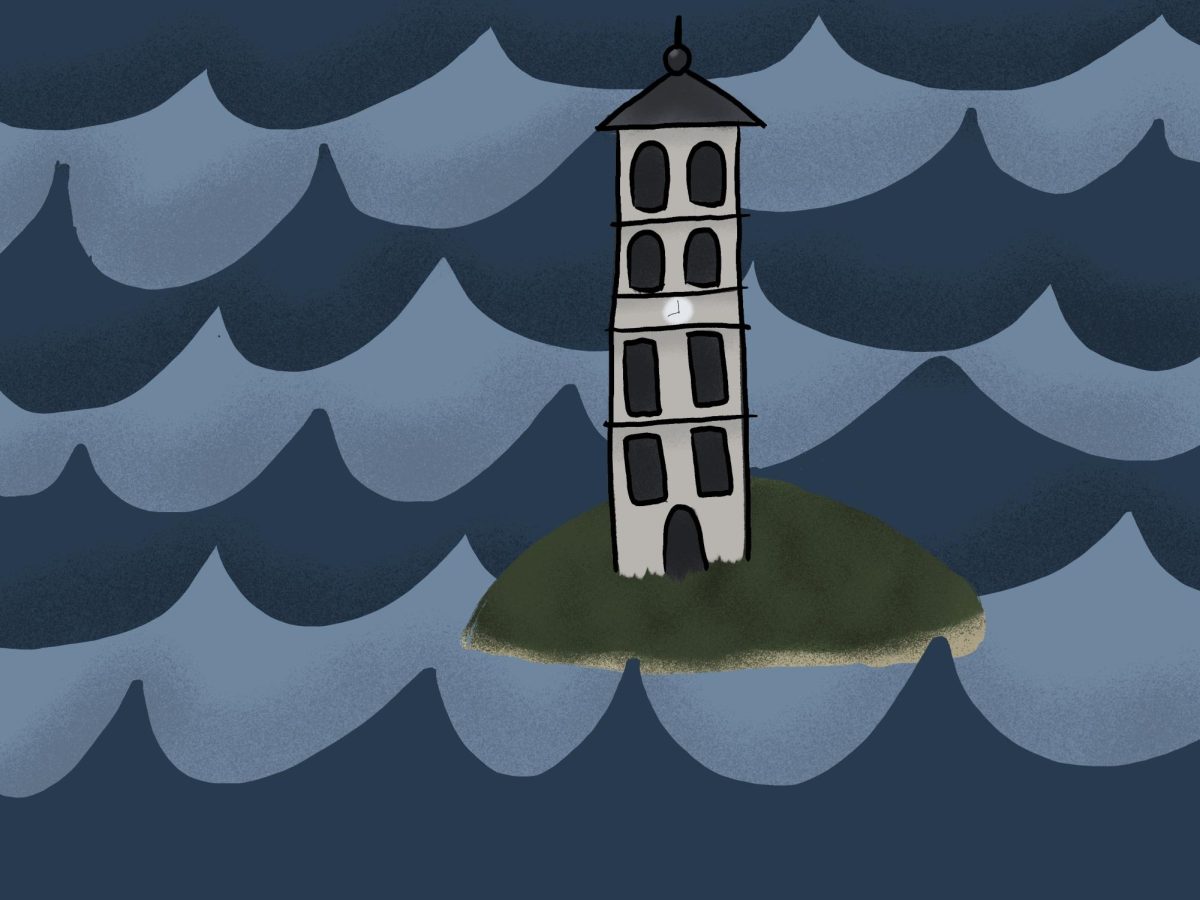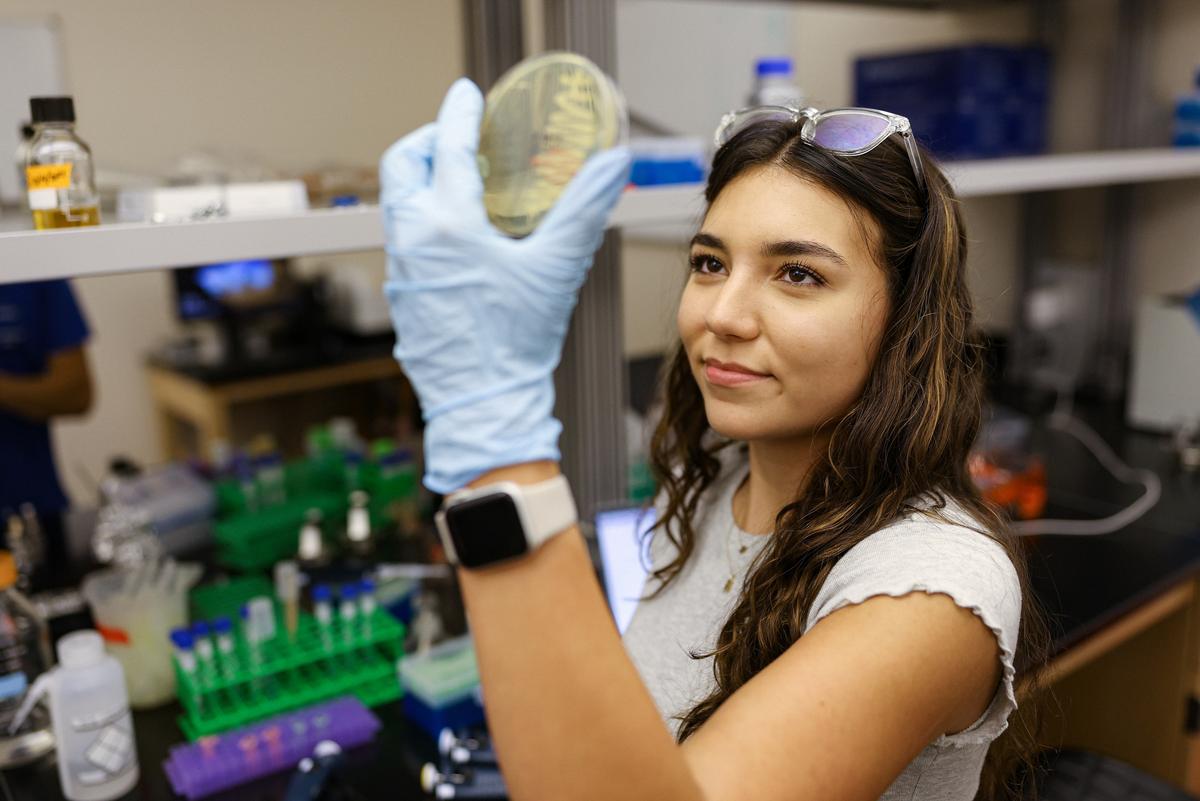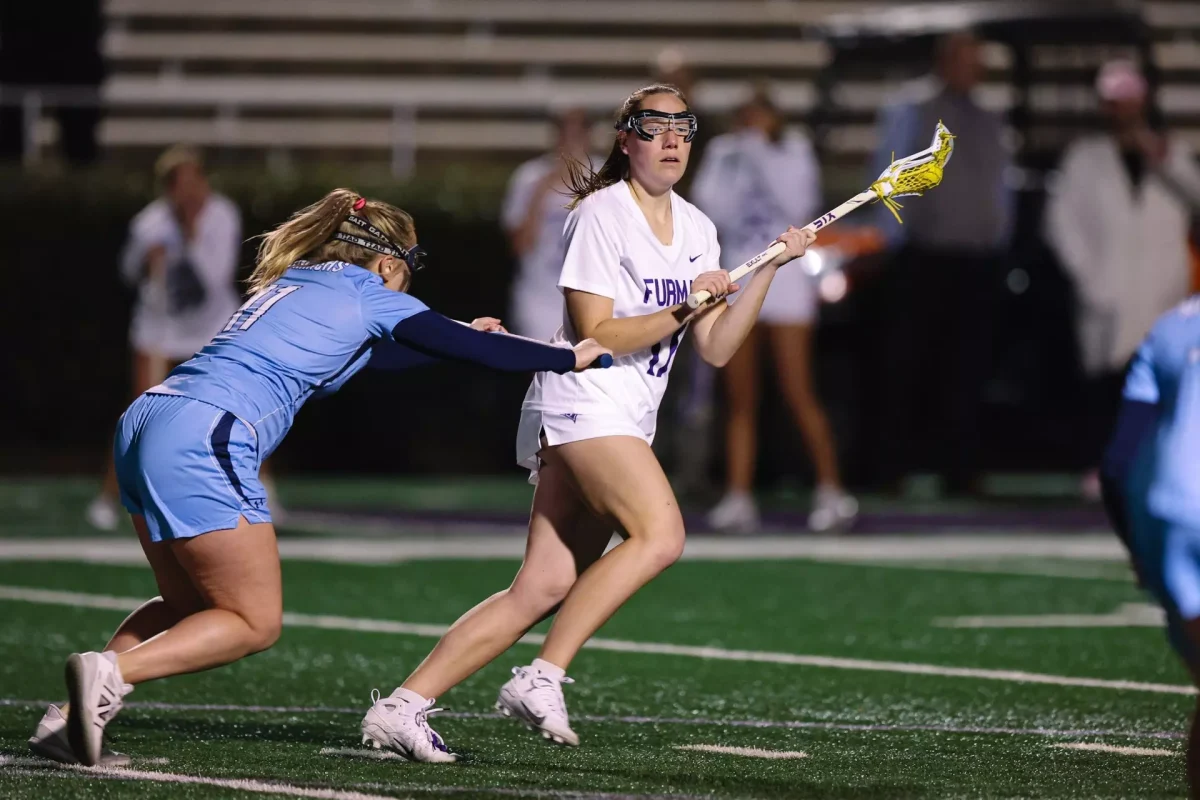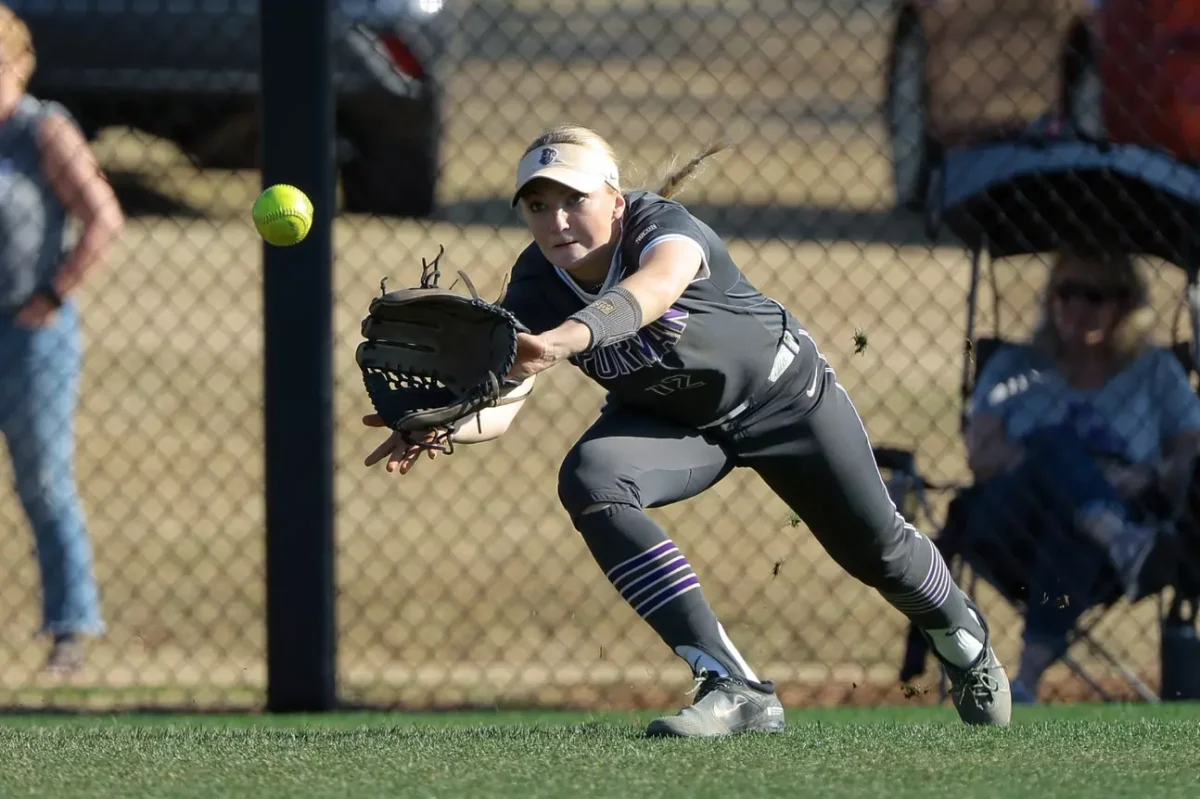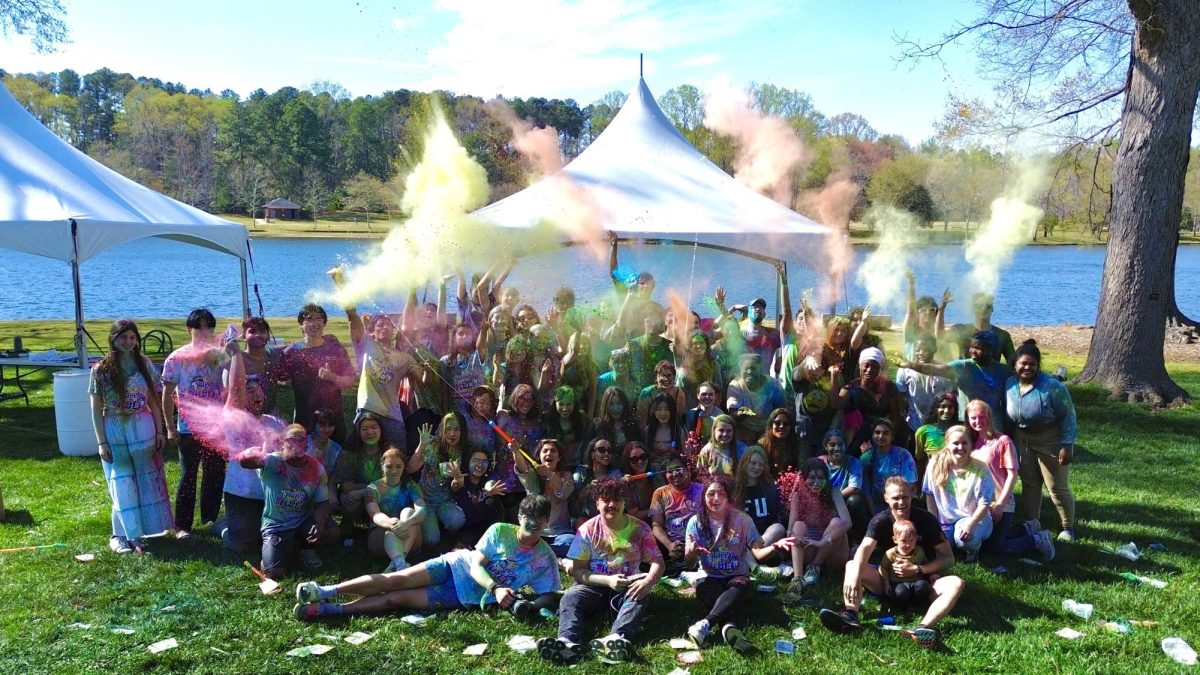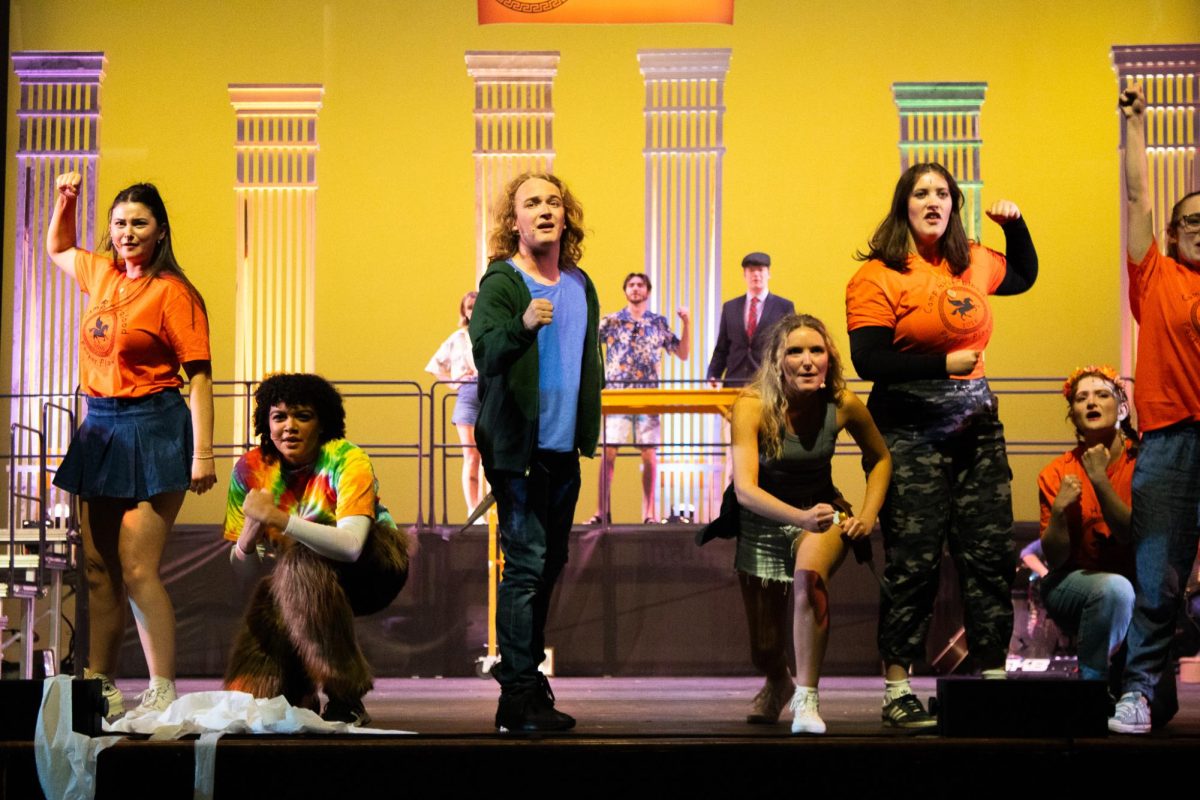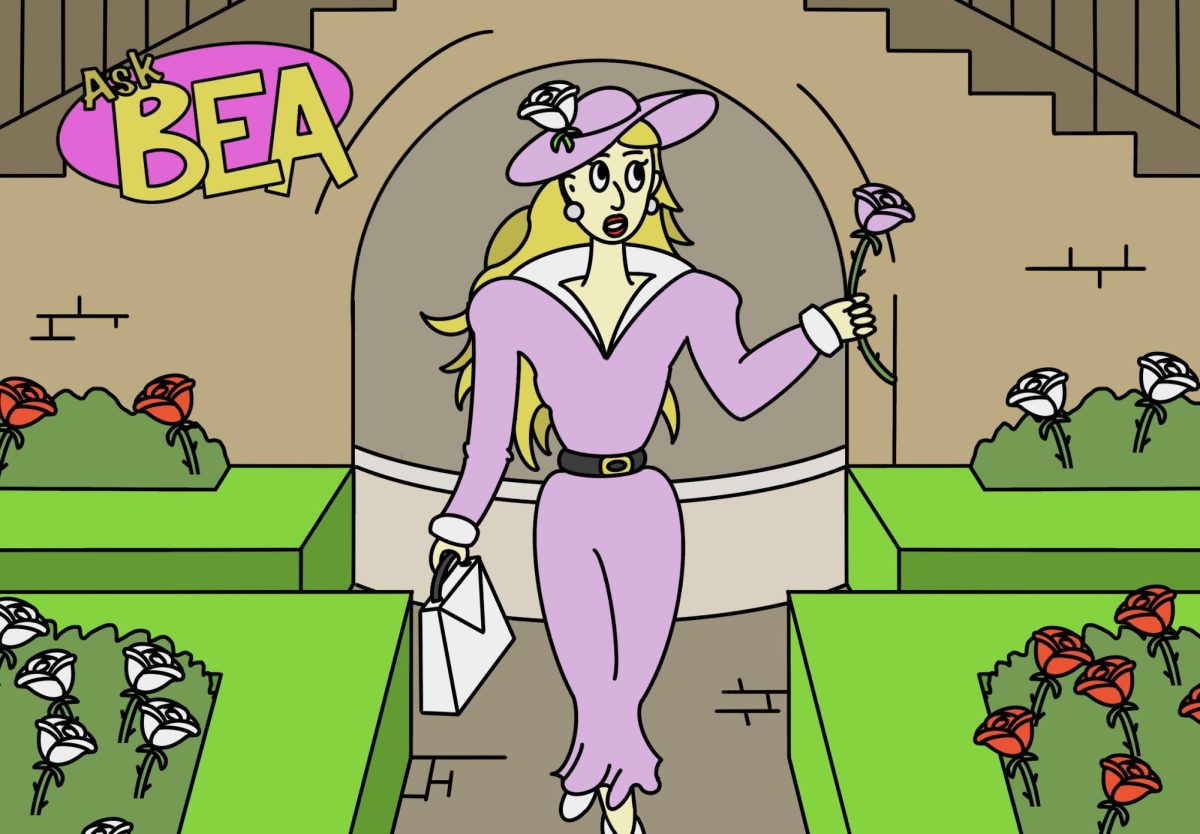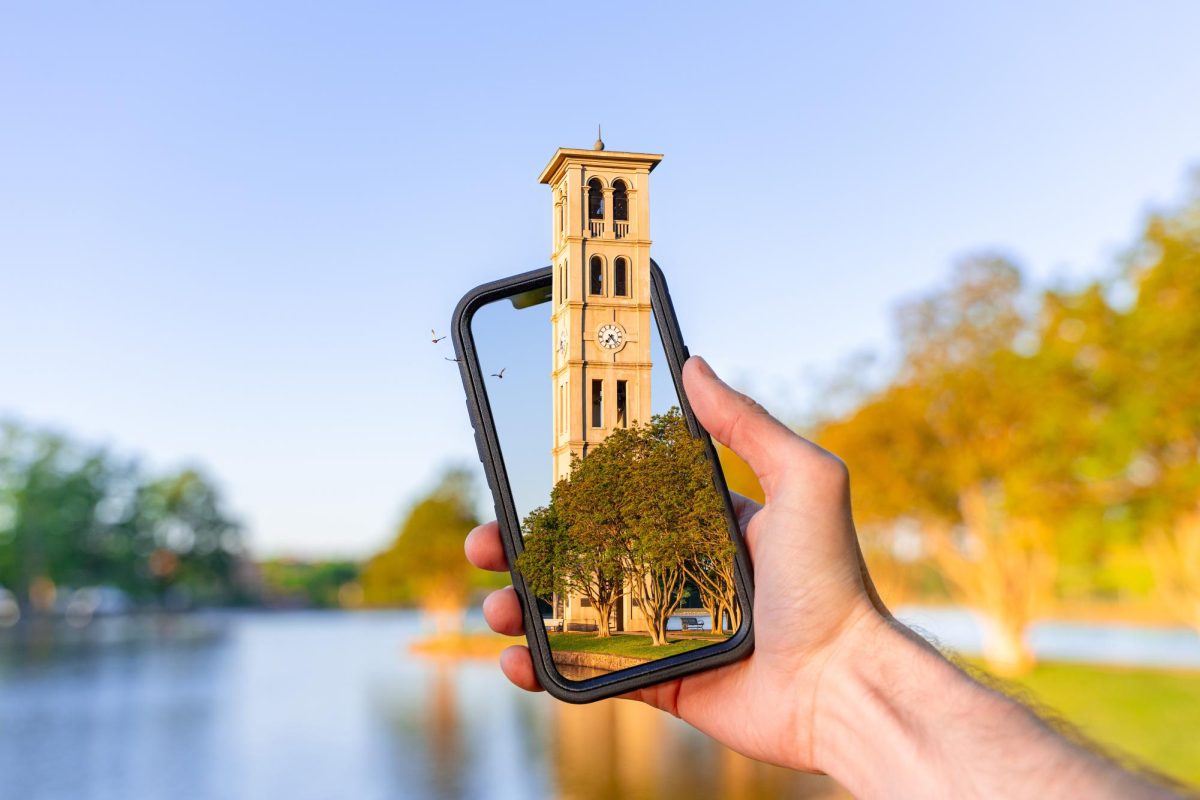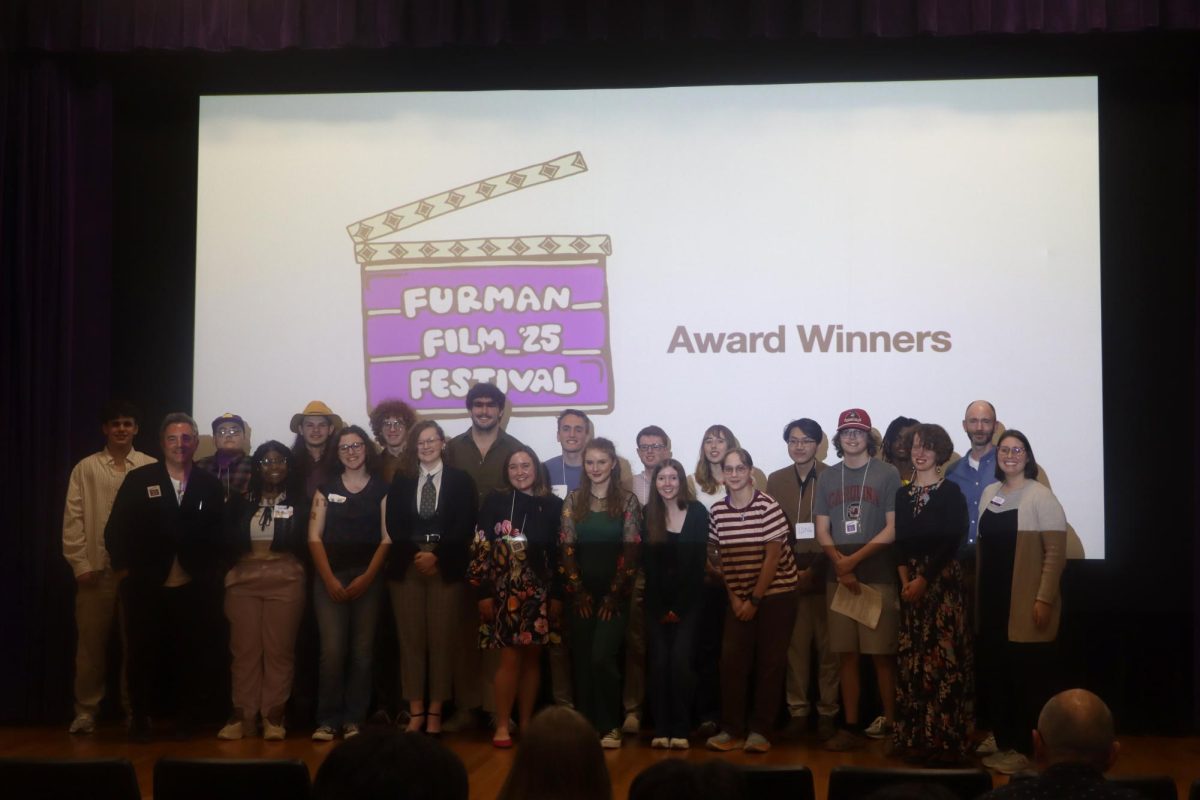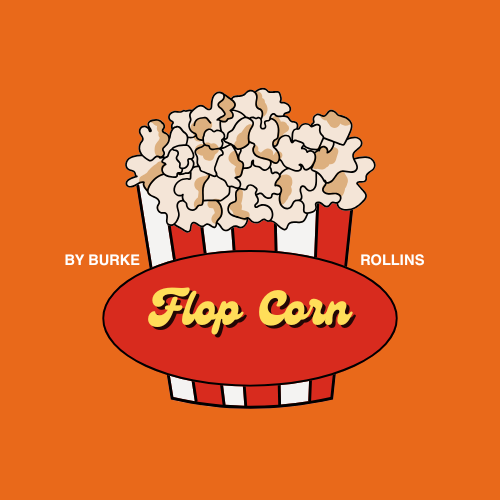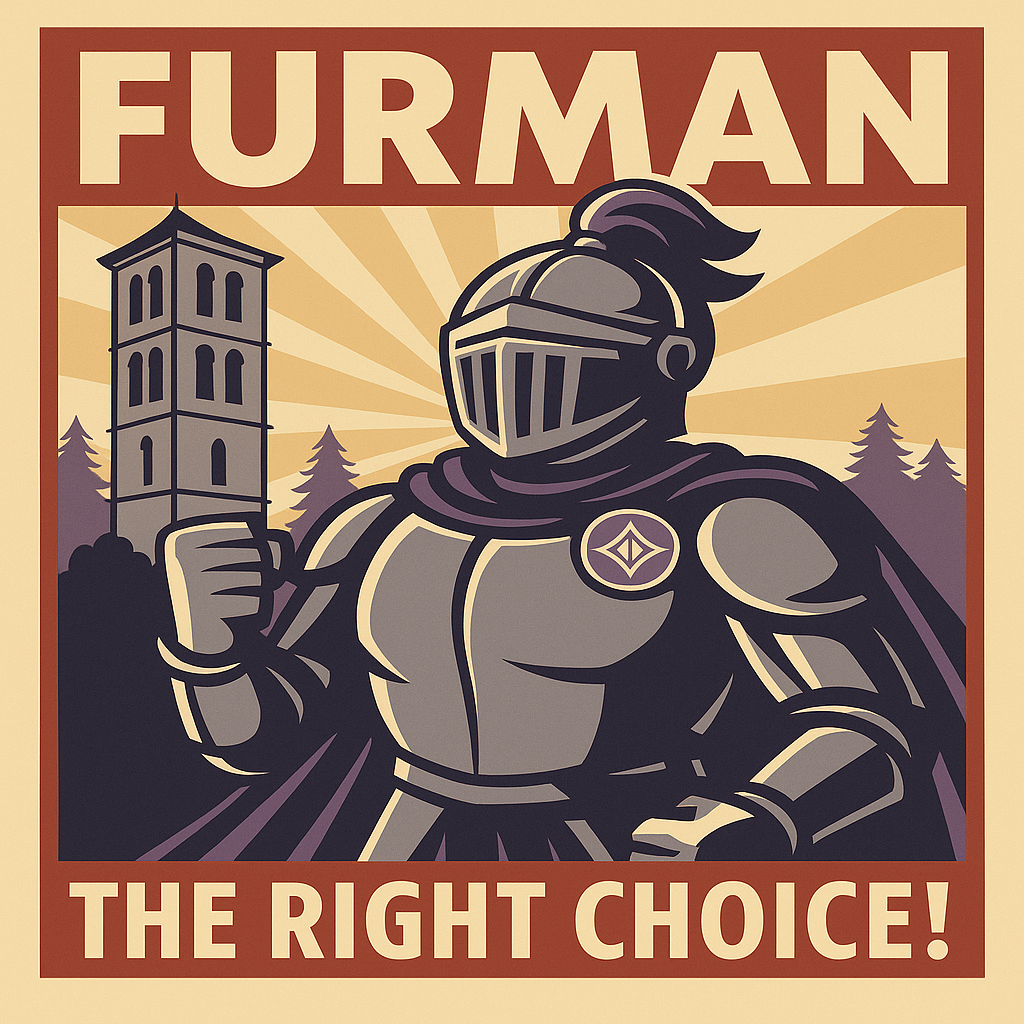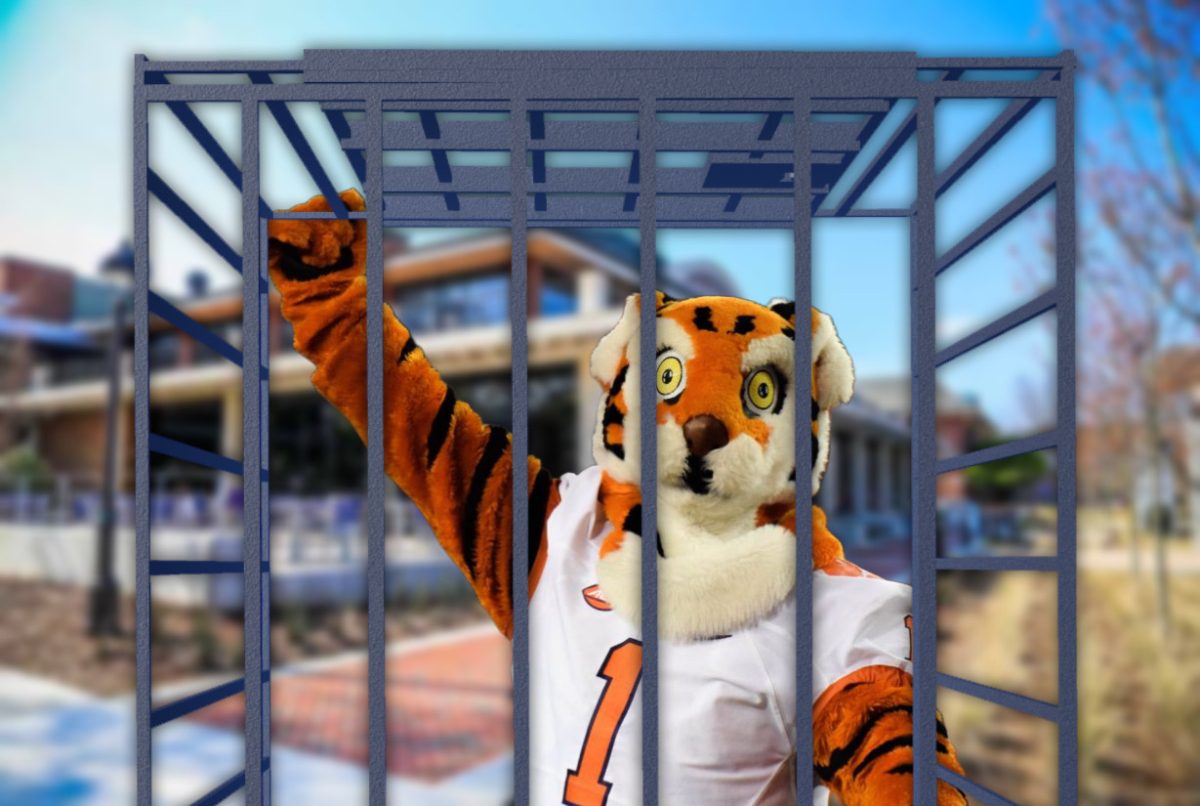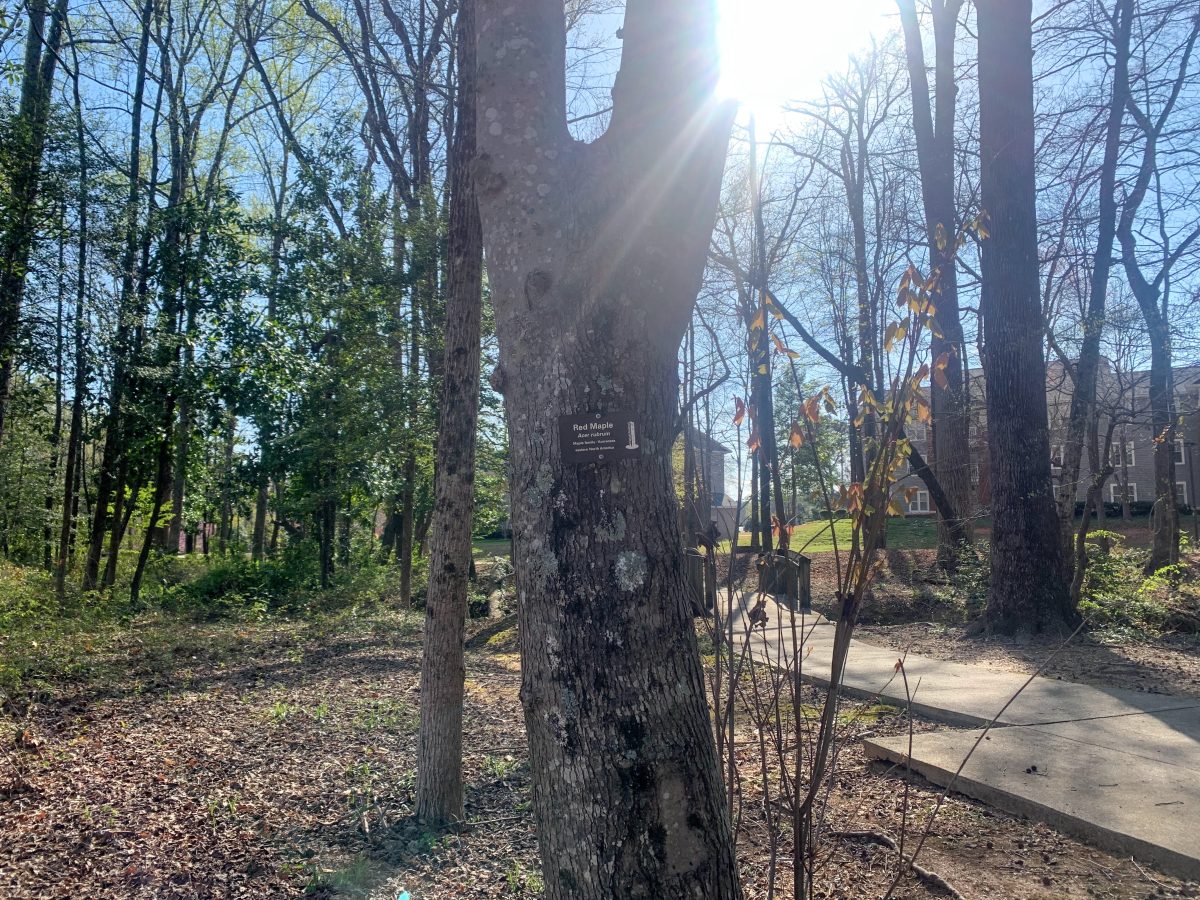Many may be unaware that Furman’s landscaping and tree placement is not strictly for aesthetic purposes – Furman’s campus is home to the George G. Willis Jr. Arboretum.
An arboretum is a zone or environment where trees and other plants are maintained for educational purposes. The term is often used to refer specifically to botanical gardens or larger areas that exclusively feature trees.
Furman’s arboretum was certified as a Level I arboretum by the Morton Register of Arboreta in 2014. The recognition for Level I status was granted to the area for “exemplifying tree conservation, species diversity, and educational resources and events focused on landscapes and trees” and is the entry level for arboretum recognition. Throughout campus, there are many labels and tags on or next to specific trees that signify which trees belong to the arboretum. Tags provide the name of the given tree, its scientific/species name (i.e. a maple tree would be “acer rubrum”), its plant family, and its primary geographic home.
Professor Emeritus of Biology Dr. Joseph Pollard was able to discuss the arboretum and help explain where the project is today. He said that at this current point in time, it is likely that Furman could qualify for Level II status as the campus is home to over 500 trees and meets much of the existing criteria. However, with lots of campus improvements (such as the new SOHO project) and changes either recently completed or still ongoing, it is likely that this project will be pursued down the road.
Dr. Pollard also shared that many of the people involved in the original tree plan with the Shi Institute are no longer at Furman. The departure of many of the original planners of this grounds tree committee has complicated efforts. There has also been a halt in much of the progress with the project since the onset of COVID-19. As explained by Dr. Pollard, the arboretum project was just not something on the top of Furman’s priority list during the high points of the pandemic and it has been harder to regain much of the momentum the project formally held.
Additionally, many tree labels have problems with them. Some of the black labels on trees need to be changed or updated. Many of the labels have also become infused with the trees and may need to have their long screws partially removed to give the trees room to grow. An example of a tag embedded in a tree can be seen in front of Estridge Commons.
Ultimately, Dr. Pollard expressed hope and said that several new hires in the Biology department, including those with botany backgrounds like himself, will be able to help continue the project. Dr. Pollard said that “no one on campus is untouched by the topic of sustainability” and hopes that the arboretum can be connected to related classes in small ways to provide educational resources to students. He stated that the trees on campus provide an estimated quarter-million monetary benefit to Furman each year, which he hopes provides enough incentive for students and faculty across multiple fields to understand the value of maintaining the trees.
The generous donations of the late George G. Willis Jr. have made possible not just the arboretum project but many recent developments on Furman’s campus.
More about Furman’s arboretum
George G. Willis Jr. ArboretumFurman Receives Arboretum DesignationFurman Tree Program Reaches New HeightsCampus as Place

